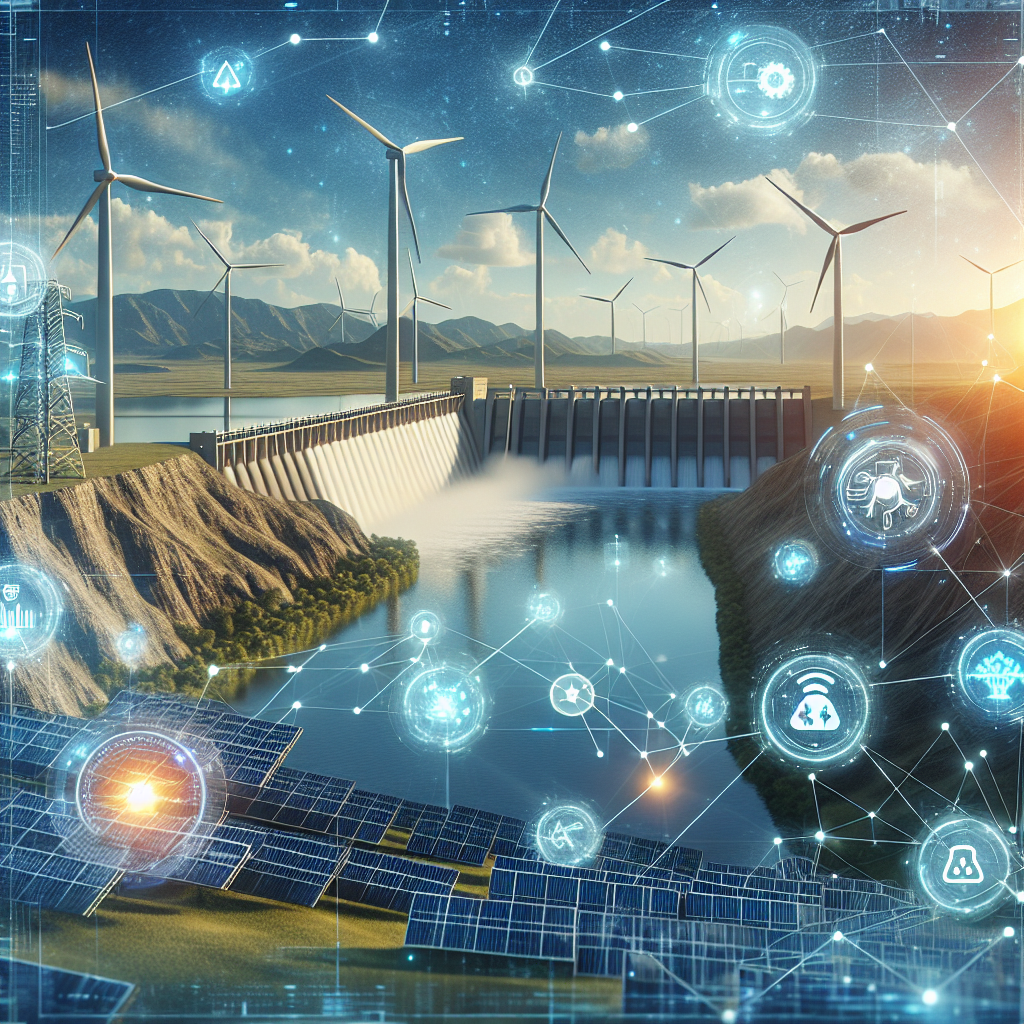As the world continues to shift towards renewable energy sources, the need for real-time energy monitoring has become increasingly important. With the fluctuating nature of renewable energy sources such as solar and wind, it is essential for energy producers to have a clear understanding of their energy production in order to optimize efficiency and reduce costs.
One of the most effective ways to achieve real-time energy monitoring in renewables is through leveraging artificial intelligence (AI) technology. AI has the ability to process large amounts of data quickly and accurately, allowing energy producers to monitor their energy production in real-time and make informed decisions to optimize performance.
There are several ways in which AI can be leveraged for real-time energy monitoring in renewables. One of the key applications is predictive maintenance, where AI algorithms can analyze data from sensors on renewable energy equipment to predict when maintenance is needed before a breakdown occurs. This can help energy producers reduce downtime and maintenance costs, as well as increase the lifespan of their equipment.
Another application of AI in real-time energy monitoring is in forecasting energy production. By analyzing historical data and current weather conditions, AI algorithms can predict how much energy will be produced by renewable energy sources such as solar panels and wind turbines. This information can help energy producers plan for fluctuations in energy production and make adjustments to ensure a reliable energy supply.
AI can also be used to optimize energy storage and distribution in real-time. By analyzing data on energy consumption and production, AI algorithms can determine the most efficient way to store and distribute energy to meet demand. This can help energy producers reduce waste and maximize the value of their renewable energy production.
In addition to these applications, AI can also be used for anomaly detection in real-time energy monitoring. By analyzing data from sensors and other sources, AI algorithms can detect unusual patterns or behaviors that may indicate a problem with energy production or distribution. This can help energy producers identify and address issues quickly, before they result in costly downtime or equipment failure.
Overall, leveraging AI for real-time energy monitoring in renewables can provide significant benefits to energy producers. By using AI technology to analyze data and make informed decisions, energy producers can optimize performance, reduce costs, and improve the reliability of their renewable energy production.
FAQs:
Q: How does AI technology work for real-time energy monitoring in renewables?
A: AI technology works by analyzing large amounts of data from sensors and other sources to provide insights into energy production and consumption. By using algorithms to process this data quickly and accurately, AI can help energy producers monitor their renewable energy production in real-time and make informed decisions to optimize performance.
Q: What are the benefits of using AI for real-time energy monitoring in renewables?
A: Some of the benefits of using AI for real-time energy monitoring in renewables include predictive maintenance, forecasting energy production, optimizing energy storage and distribution, and anomaly detection. These applications can help energy producers reduce costs, increase efficiency, and improve the reliability of their renewable energy production.
Q: How can energy producers implement AI technology for real-time energy monitoring in renewables?
A: Energy producers can implement AI technology for real-time energy monitoring in renewables by investing in AI software and hardware, training staff on how to use AI tools, and integrating AI algorithms into their existing monitoring systems. By working with AI experts and consultants, energy producers can develop a customized AI solution that meets their specific needs and goals.

